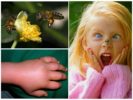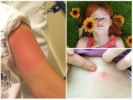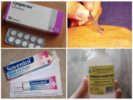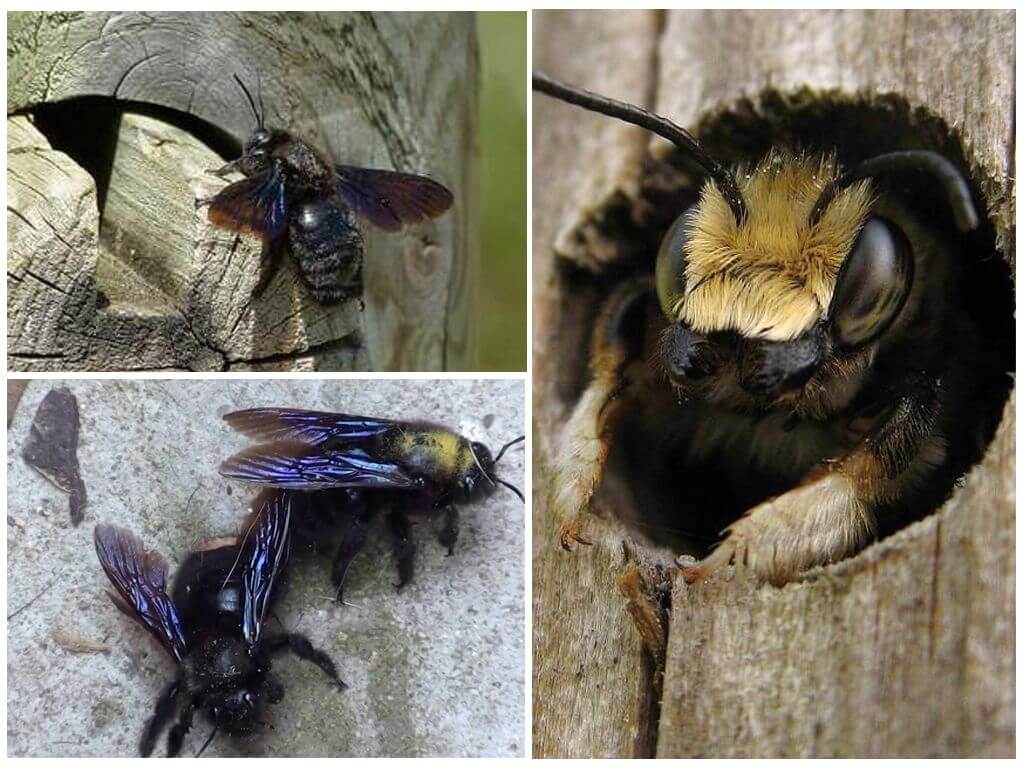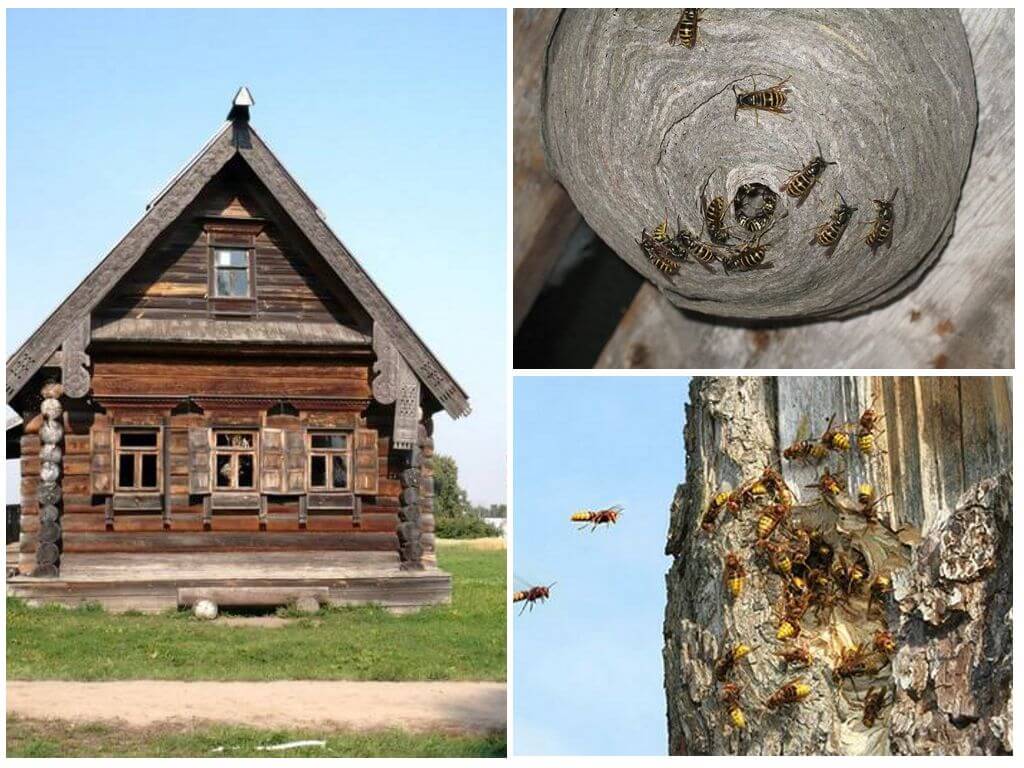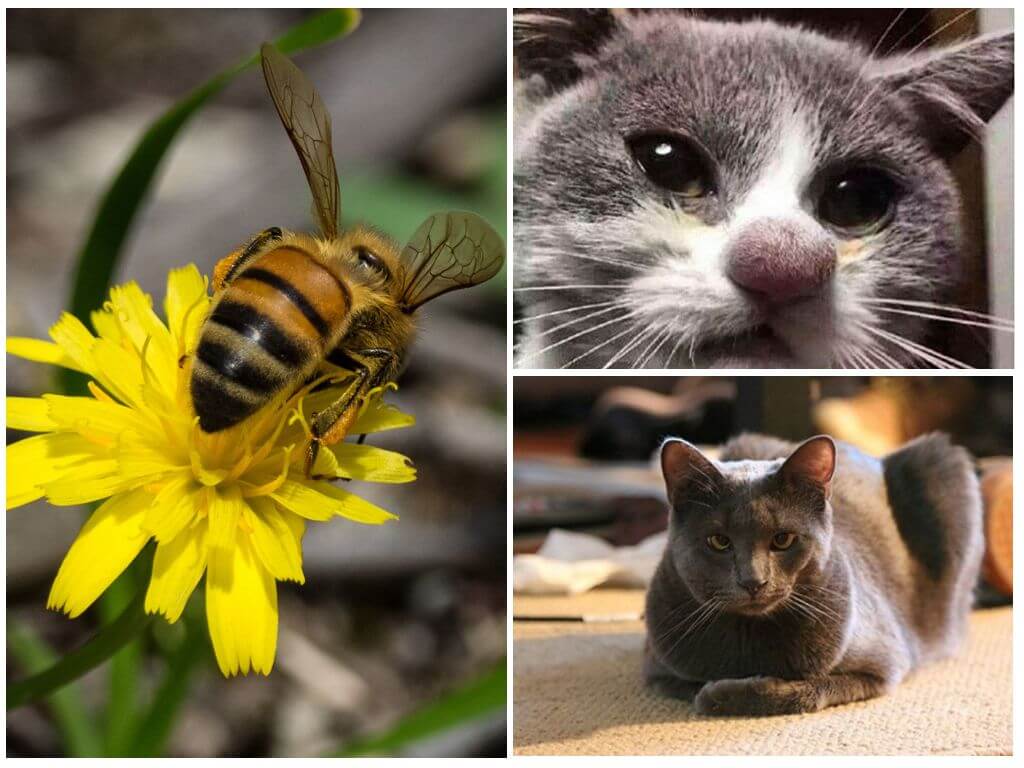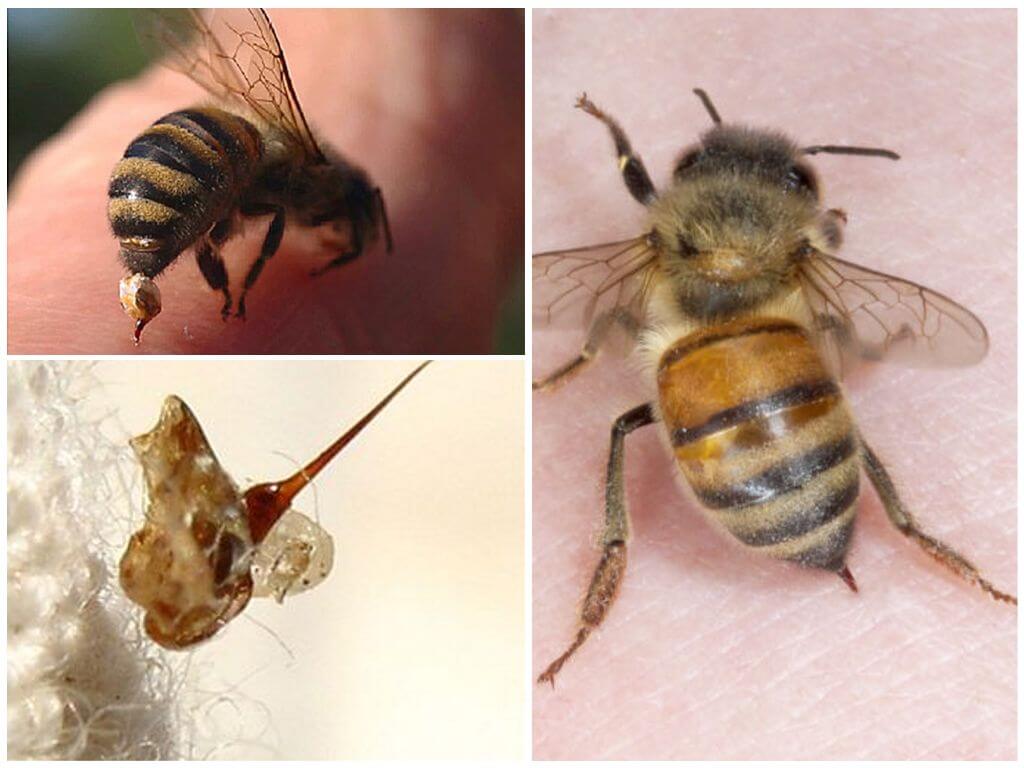- Bee sting
- Bee sting
- Help a child with a bee sting
- The use of folk remedies for a bee sting
Every year in the spring and summer, many people are attacked by stinging insects. And more often children suffer from them. You should not neglect such a problem, because the consequences of bites can be very diverse, ranging from slight redness to the development of anaphylactic shock. Therefore, every caring parent should know what to do if the child was bitten by a bee.
What is bee venom dangerous?
Bees are hymenopteran insects from the Apidae family. The stingers, which after contact remain in the victim’s body, are exclusively females. In this way, female representatives try to protect themselves.
On a note!
The poison containing allergic components enters the blood stream, circulating rapidly throughout the body. The toxic composition prevents the passage of nerve impulses, the result of which often becomes allergic reaction local or systemic significance.
Local reaction occurs in the form of redness and swelling at the site of the bite. As a result, the child in this area of the body experiences severe itching and pain. An especially severe form is a systemic reaction, which is divided into the following types of severity:
- Grade 1 is accompanied by the appearance of urticaria and severe itching. The child is naughty, becomes lethargic and weak.
- Grade 2 is characterized by the appearance of itchy blisters, swelling, shortness of breath and nausea. Digestive disorders are possible, as a result of which pain in the abdomen and loose stools can occur.
- Grade 3 is characterized by the presence of shortness of breath and noisy breathing, resulting from swelling of the larynx.
- The heaviest 4 degree. With it, there is a sharp decrease in blood pressure and loss of consciousness. In rare cases, the nervous system, heart and kidneys are affected.
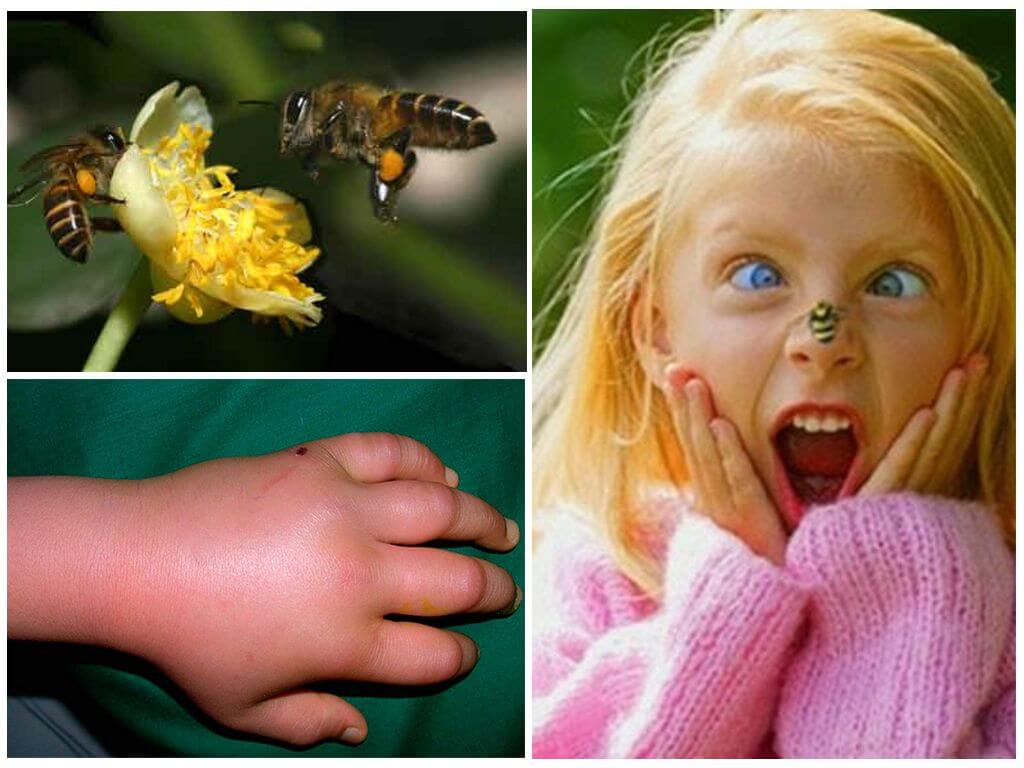
Bite symptoms
Not every baby is able to explain the cause of the appeared pain. The cause of concern can be understood if you know what a bee sting looks like in a child. Signs indicating contact of a stinging insect are:
- the appearance of puffiness and hyperemia of the skin;
- the temperature in a child after a bite can rise;
- burning sensation and severe itching;
- increased heart rate and shortness of breath;
- manifestation of weakness and vomiting reflex;
- skin rashes.
In addition, the baby becomes irritable, moody and tearful (a photo of a bee sting in a child is presented below).
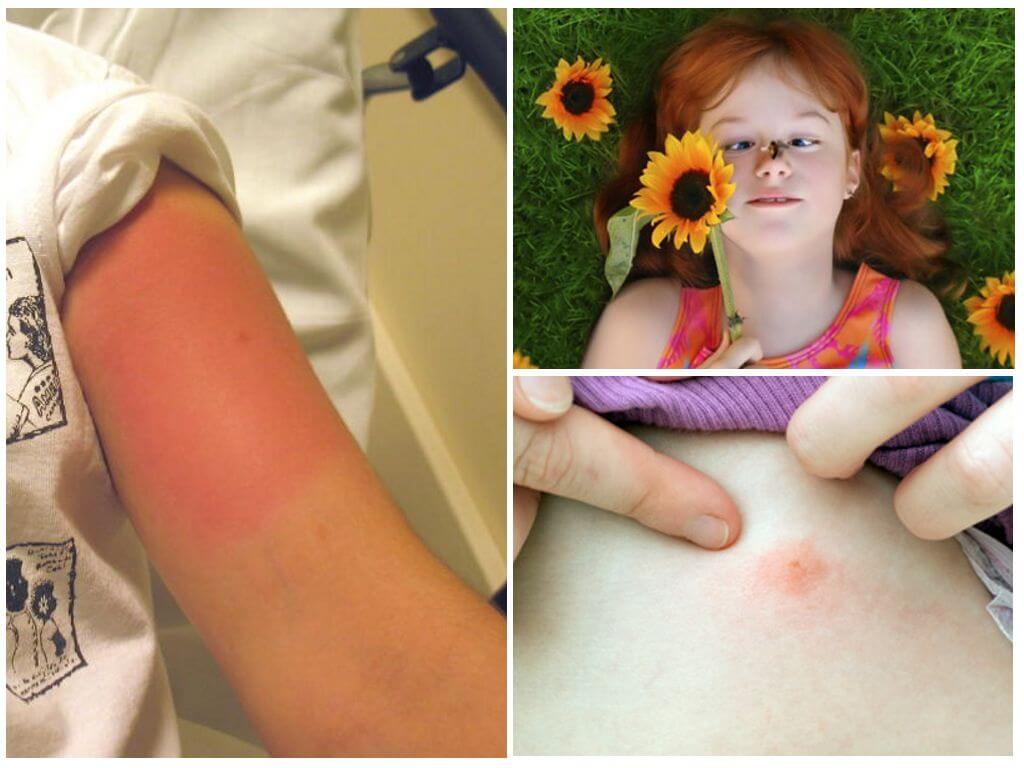
What can not be done
Before talking about providing first aid to a baby with a bee sting, you should know what you can not do in such situations.
- Do not go in search of the offender. If the bite is applied by a bee, then a second attack can be excluded, since the insect, after stinging, immediately dies. If the baby was attacked by a wasp, then with sharp movements you can attract the attention of a stinging insect and not only it alone, but also in conjunction with its relatives.
- Do not rub a bitten place.
- You should also not press on the wound, trying to squeeze out the sting or even more so try to pull it out with your fingers.
The above actions will contribute to the rapid spread of toxic composition throughout the body, and can also lead to infection of the wound.
We provide assistance
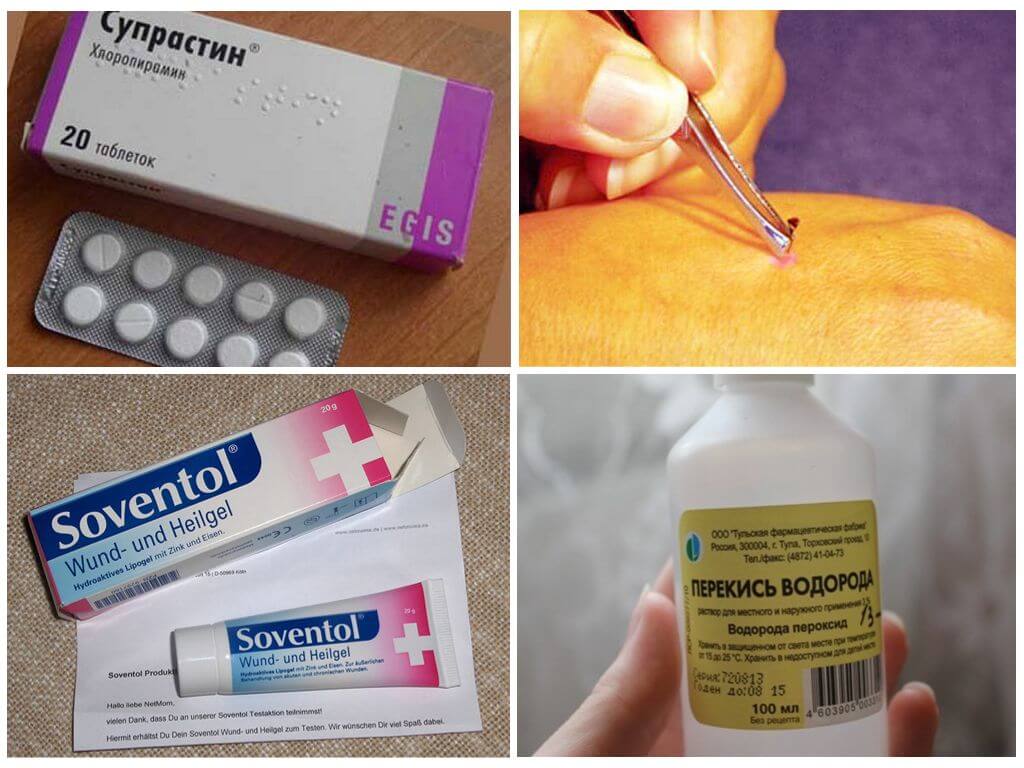
First aid for a child with a bee sting involves the following manipulations.
- Pull out bee sting. To do this, it is preferable to use tweezers and a needle, which should be disinfected with alcohol. This should be done very carefully so as not to damage the venom sac located at the end of the sting. In the absence of the desired effect, any product from the freezer should be attached to the damaged area. Cold will prevent the spread of toxic components in the body, reduce pain and irritation.
- Removing the poison is the next step that should be taken if the baby has been bitten by a bee. It is enough to crush one tablet of aspirin and activated carbon, apply the resulting powder on a damp cloth and apply to the wound. At home, it will help to make a slightly soaked piece of sugar, which has excellent adsorbing properties. No less effective in such situations is a salt solution, which is prepared in a ratio of 1 tsp. per 200 g of liquid.
- Disinfection of the damaged area. Alcohol and hydrogen peroxide - the answer to the question of how to treat a child with a bee sting.
- Lemon or apple juice will help neutralize the sensation of itching.
- Powdered analgin, which is sprinkled on the damaged area, will help relieve pain and burning sensation.
- For prophylactic purposes, pediatricians recommend taking antihistamines (Suprastin, Claritin, Fenkarol), which are used in accordance with the age of the baby. To treat the place where a bee or wasp has bitten a baby, use an ointment or gel with an antiallergenic composition (Soventol, Insectline, Psilo Balsam, Fenistil and others).
- Drinking plenty of water is another prerequisite that parents must observe if a bee stings a child. Liquid in any form will contribute to the removal of toxic substances from the body.
Important!
It is important to consider where the insect attacked. You can treat your child at home if a bee has bitten a child by the finger, foot or arm. The worst case is when insects sting in the eyeface lip. In such a situation, you should immediately give the antiallergic drug in the required dosage and seek medical advice as soon as possible.
Specialist assistance is also needed if the child affected by the bee attack has not yet reached the age of three, or if several insects have bitten him.
The use of folk remedies for a bee sting

Folk remedies will also help rid the baby of discomfort:
- Bow. A bee sting in a child, or rather pain associated with it, will help remove onions. It is enough to cut a small onion in half and attach a half of the juicy part to the affected area.
- Parsley. Crumpled parsley leaves are no less effective in this situation. They are applied in the form of a compress for 15-20 minutes several times a day.
- Garlic. Garlic juice will help relieve burning. It is also used to extract stings from the wound, applying a crushed tooth to the problem area.
- Plantain. Plantain has similar analgesic properties. The leaves of the plant are slightly wrinkled and applied to the wound.
- Vinegar. Vinegar helps in such situations. A tampon moistened with a 3% composition is applied for 10-15 minutes to the damaged part of the body.
- Basil. A decoction of basil is able to relieve the sensation of itching. 2-3 branches of a plant are poured into 500 g of water, and boiled for 3-5 minutes. The healing solution needs to treat the damaged area of the skin several times a day. A concentrated composition can also be added to the bath while bathing the baby.
- Aloe.It prevents the development of the inflammatory process and the removal of itching after a bee sting, cut along the aloe leaf. It is applied to the affected area and fixed with a bandage.
- Cabbage and burdock. A burdock leaf will help relieve swelling. Only its tender part is used, which is preliminarily poured with boiling water. Then a small amount of honey is applied to the sheet and applied to the site of damage. It is preferable to do such a compress at night. In a similar way, a leaf of cabbage is used.
If a child was bitten by a bee, it is important not to panic, but to provide competent and immediate assistance to your child.
